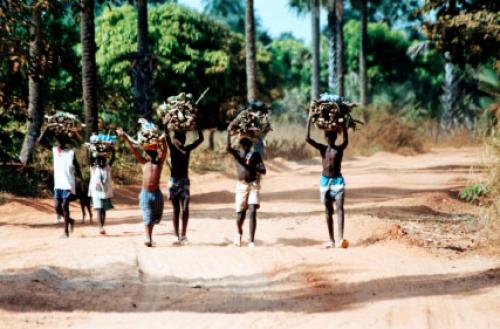There are 3.4 billion ha of forests in world, covering approximately 26.6% of the world’s land area.
The world’s forests are not equally divided among political, socio-economic, and biogeographic regions. Some areas, such as Russia and South America, contain vast amounts of forests, while others such as the Caribbean Islands and North Africa have almost no forest.
Between 1990 and 1995 there was a net loss of approximately 56 million ha of forest area (1.6% of the total forested area of the world); however some areas increased in forest area, while others declined. Recent evidence suggests that the rate of deforestation is slowing down.
Economically underdeveloped regions experienced the greatest amount of forest loss, while economically developed countries experienced substantial net gains in forest area.
Global wood consumption is ~3.4 billion cubic meters per year or ~1 cubic meter of wood per hectare per year; however, not all forests are harvested at the same rate. Some forests are harvested very aggressively, while others are not harvested at all.

Approximately 57% of the world’s wood consumption is for fuelwood. The remainder of the global wood consumption is largely for building materials and pulp and paper products. Ninety percent of global fuelwood consumption occurs in economically underdeveloped countries and is a major contributor to the net forest loss experienced in those regions.
Regionally in the Pacific Northwestern USA, there is a surplus of small-diameter, low-quality wood and a shortage of large-diameter, high-quality wood. A high proportion of the Pacific Northwest’s forests are 40-70 year old second-growth forests or plantations that are overcrowded and increasingly susceptible to windthrow, insect outbreaks, or catastrophic fires (e.g., summer 2000).